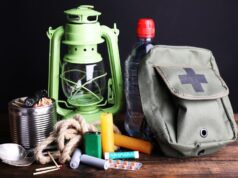
Welcome to this comprehensive guide on tactical gear for hunters. Whether you’re a seasoned hunter or a beginner, the right gear can make a world of difference in your hunting experience.
Tactical gear enhances your safety, accuracy, and overall success in the field. From the right clothing and footwear to essential tools and accessories, each piece of gear serves a specific purpose that can give you an edge while hunting.
If you’ve ever wondered what you really need to bring along for a successful hunting trip, you’ve come to the right place. We’ll cover everything you need to know to equip yourself properly. So, let’s get started by diving into the essentials.
1. Essential Clothing
When it comes to hunting, clothing isn’t just about fashion; it’s a crucial part of your tactical gear. The first thing to consider is camouflage. Camouflage clothing helps you blend into your environment, making it difficult for animals to spot you. Choose patterns that match the terrain you’ll be hunting in, whether it’s a forest, grassland, or desert.
Weather-appropriate attire is equally important. For cold climates, opt for layers that you can easily add or remove. Make sure the outer layer is waterproof. In hot conditions, choose lightweight, breathable fabrics. Always check the weather forecast before heading out and plan your clothing accordingly.
2. Footwear
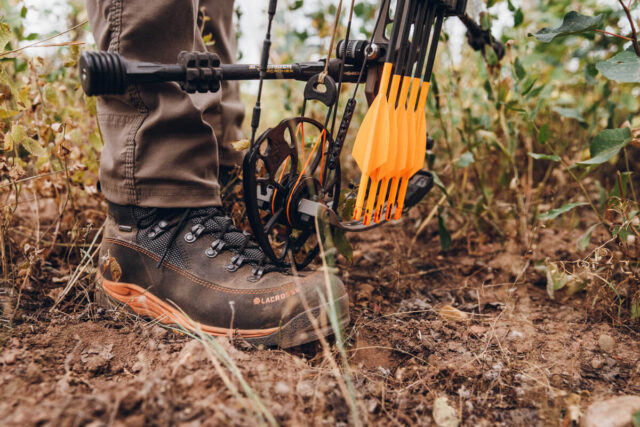
Your feet will carry you through rugged terrains and long treks, so invest in high-quality hunting boots. Comfort and durability are key. Look for boots with good ankle support and a sturdy sole for grip.
Depending on the terrain, you might need different types of boots. For wet conditions, waterproof boots are a must. In snowy terrains, insulated boots will keep your feet warm. Always break in new boots before taking them on a hunting trip to avoid blisters and discomfort.
3. Belt
A tactical belt is more than just a way to hold up your pants; it’s a versatile piece of gear that can significantly enhance your hunting experience. Designed to be sturdy and durable, tactical belts allow you to carry essential items like knives, ammunition pouches, and even holsters for quick and easy access. Made from high-quality materials like reinforced nylon or leather, these belts are built to withstand the rigors of outdoor activities.
Tactical belts often feature multiple attachment points, making it easy to customize your setup based on your needs. Investing in a good tactical belt can help you keep your gear organized and accessible, allowing you to focus more on the hunt and less on fumbling with your equipment.
4. Firearms and Ammunition
Choosing the right firearm is crucial for a successful hunting trip. The type of game you’re hunting will dictate the kind of firearm you should use. For small games, a .22 caliber rifle might suffice. For larger games like deer or elk, you’ll need something more powerful like a .308 or .30-06.
Ammunition also varies based on the game. Soft-point bullets are good for game that requires a lot of stopping power, while hollow-point bullets are better for varmints. Always check local laws to ensure you’re using the correct ammunition for the game you’re hunting.
5. Optics and Scopes
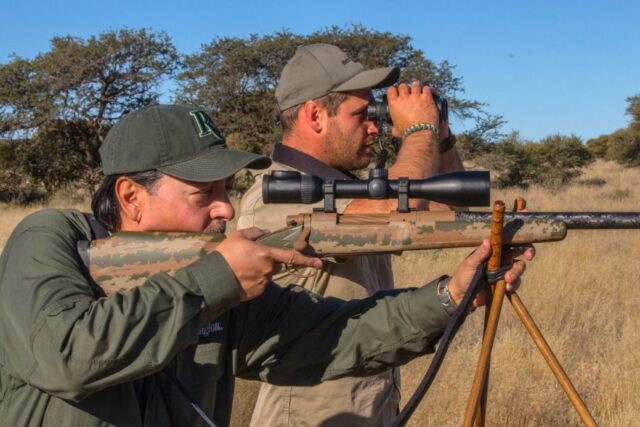
Optics and scopes are not just accessories; they’re vital tools for any serious hunter. They help you spot your target from a distance and aim with greater accuracy. For long-range shooting, a scope is almost a necessity. When choosing a scope, consider factors like magnification, objective lens diameter, and reticle type.
A good scope can be the difference between a hit and a miss. Additionally, consider the weight and compatibility with your firearm. Some scopes come with built-in rangefinders, which can be a game-changer in the field.
6. Knives and Tools
A reliable knife is more than just a cutting tool; it’s an extension of a hunter’s skill set. You’ll use it for various tasks like field dressing, cutting ropes, and even survival situations.
A multi-tool can also be incredibly useful, offering various functions like screwdrivers, scissors, and can openers in one compact device. Choose a knife with a sturdy handle and a sharp blade. For multi-tools, look for ones made from high-quality materials to ensure durability and longevity.
7. Navigation Equipment
Getting lost is not just an inconvenience; it’s a serious risk every hunter faces. That’s why navigation equipment is crucial. GPS devices are the most accurate but always carry a traditional map and compass as a backup. Knowing how to read these can be a lifesaver in situations where technology fails. Make sure your GPS is fully charged and that you have extra batteries. Familiarize yourself with the area you’ll be hunting in to make navigation easier.
8. Hunting Accessories
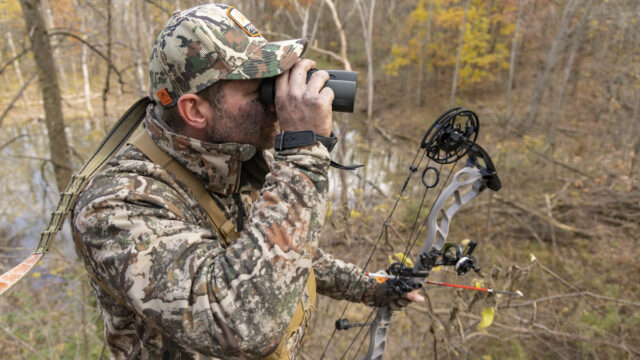
Hunting accessories are not just for convenience; they can significantly improve your hunting success. Calls mimic animal sounds to attract them, while decoys divert their attention.
Blinds provide you with a concealed space to hide and take your shot. Each accessory serves a specific purpose, so choose wisely based on the game you’re hunting. For example, duck calls won’t be useful if you’re hunting deer. Make sure to practice using these accessories before heading out.
9. Safety Gear
Safety isn’t just a recommendation; it’s a must when hunting. Ear protection is crucial when firing a gun to prevent hearing loss. A first aid kit can treat minor injuries, and blaze orange clothing makes you visible to other hunters, reducing the risk of accidents.
Also, consider carrying pepper spray for potential encounters with predators. Always inform someone about your hunting location and expected return time as an extra safety measure.
10. Backpacks and Gear Bags
A reliable backpack isn’t just for carrying your lunch; it’s essential for hauling all your gear. Look for one with multiple compartments for easy organization and quick access to your items.
Waterproofing is a good feature to have, especially in wet conditions. Make sure the straps are adjustable and padded for comfort. A waist strap can also help distribute the weight more evenly, making it easier to carry.
11. Cleaning and Maintenance
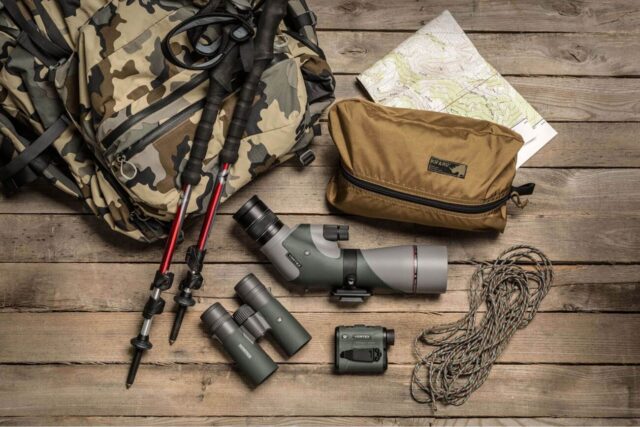
Proper maintenance doesn’t just keep your gear looking new; it ensures your gear lasts longer and performs at its best. Regularly clean your firearms and check all equipment for signs of wear and tear. Replace or repair items as needed.
Lubricate moving parts of your firearms and sharpen your knives regularly. Store your gear in a dry place to prevent rust and mold. Following a maintenance schedule can save you money in the long run by extending the life of your gear.
Conclusion and Final Tips
In summary, the right tactical gear can make or break your hunting experience. From clothing and footwear to firearms and safety gear, each item plays a crucial role. Always do your research and invest in high-quality gear that suits your needs. Happy hunting!


